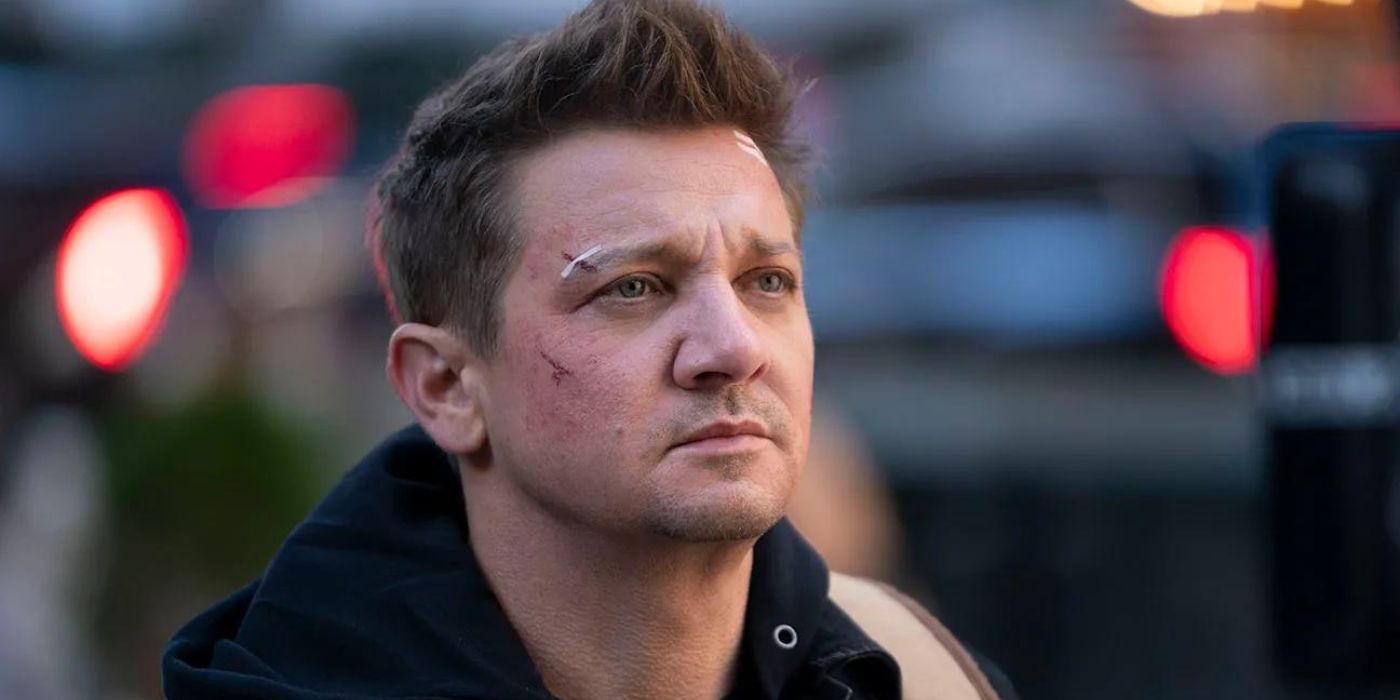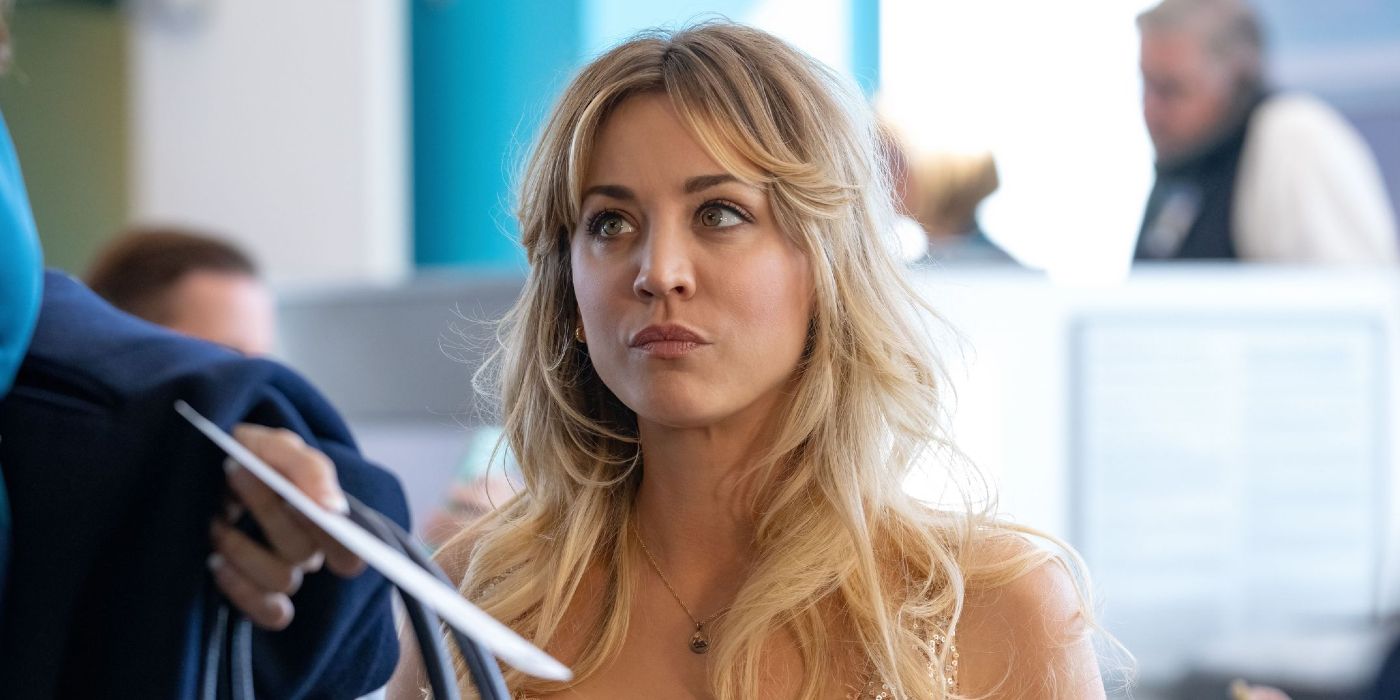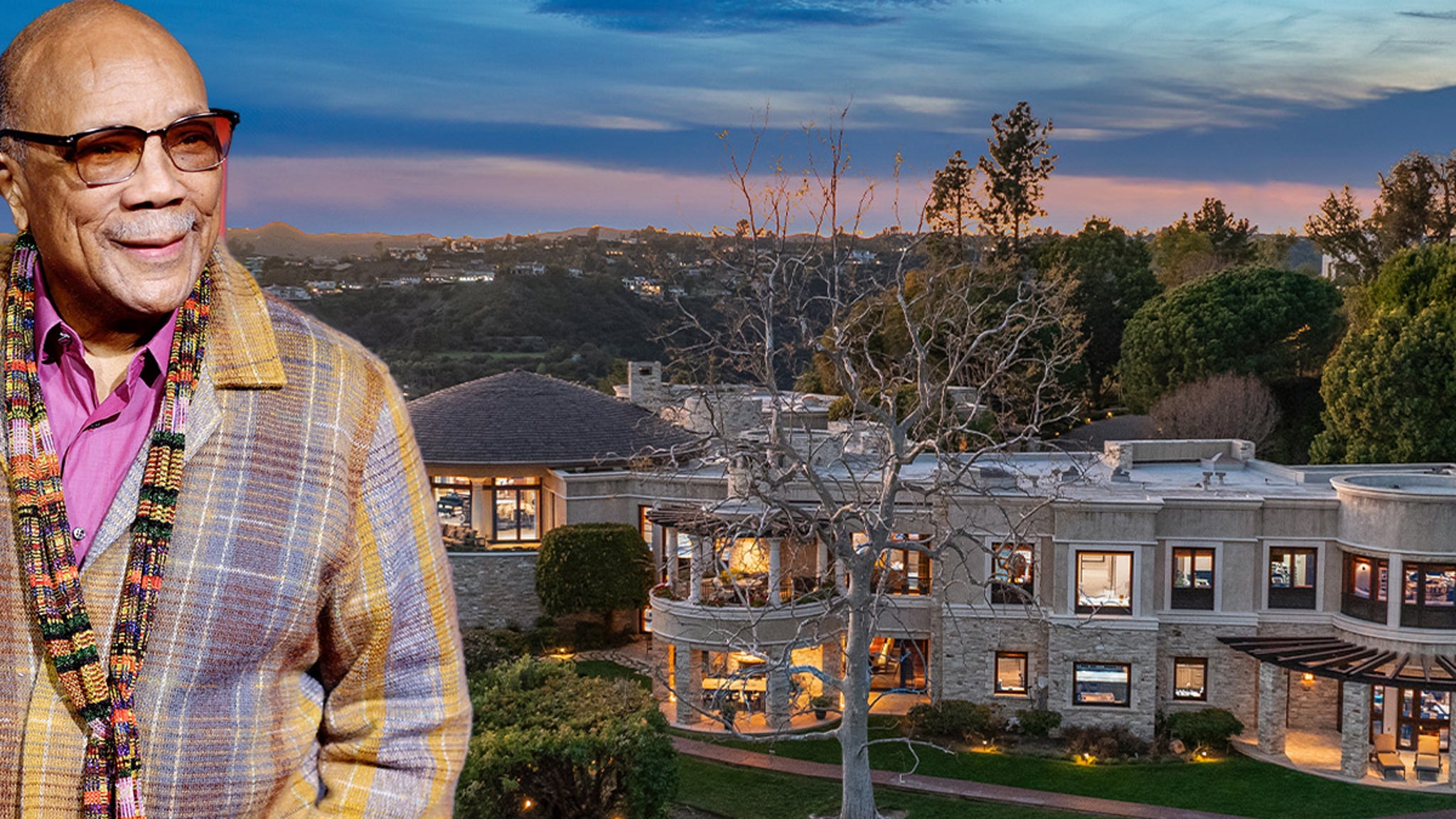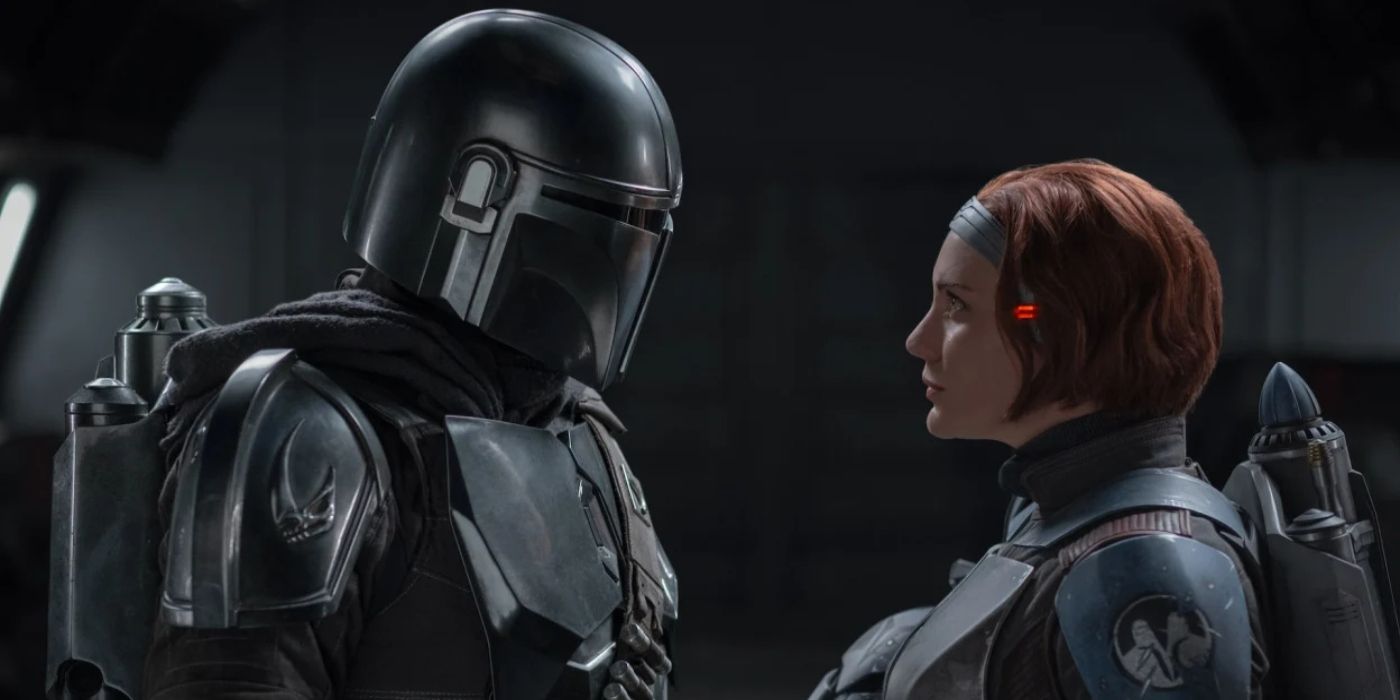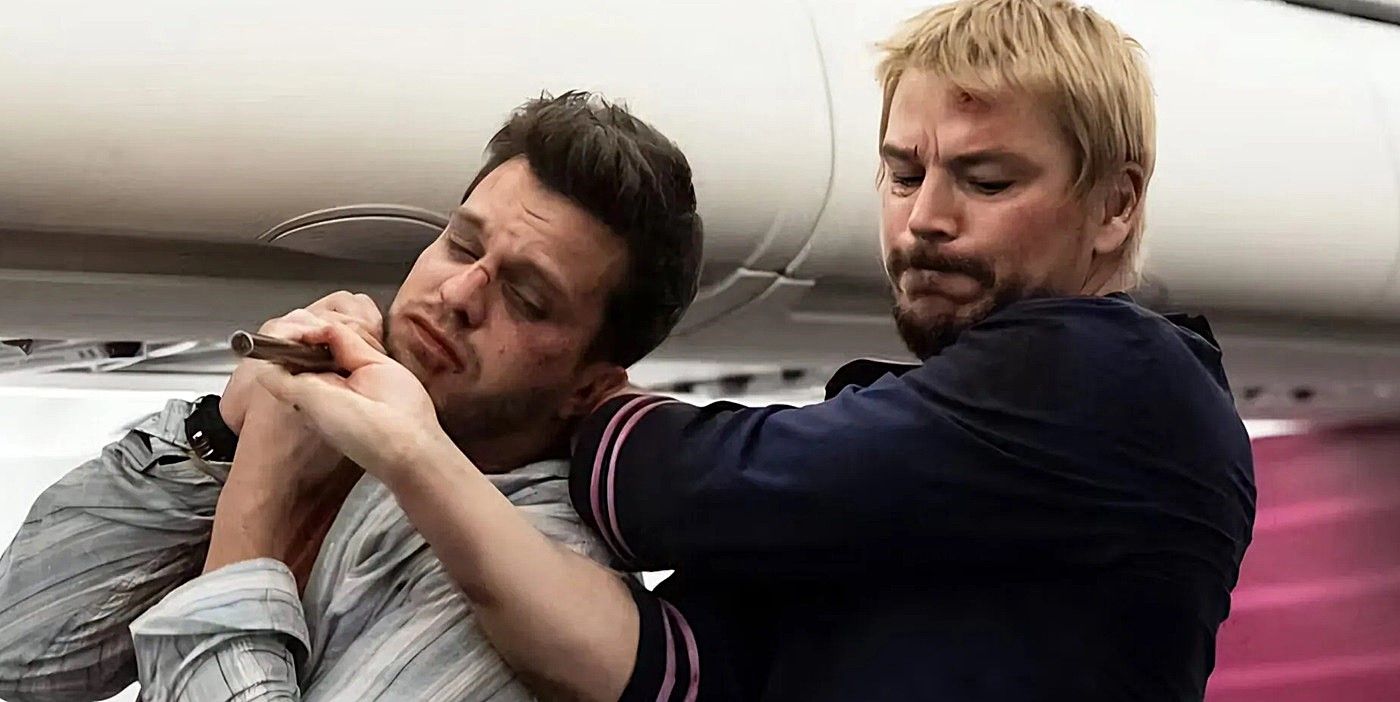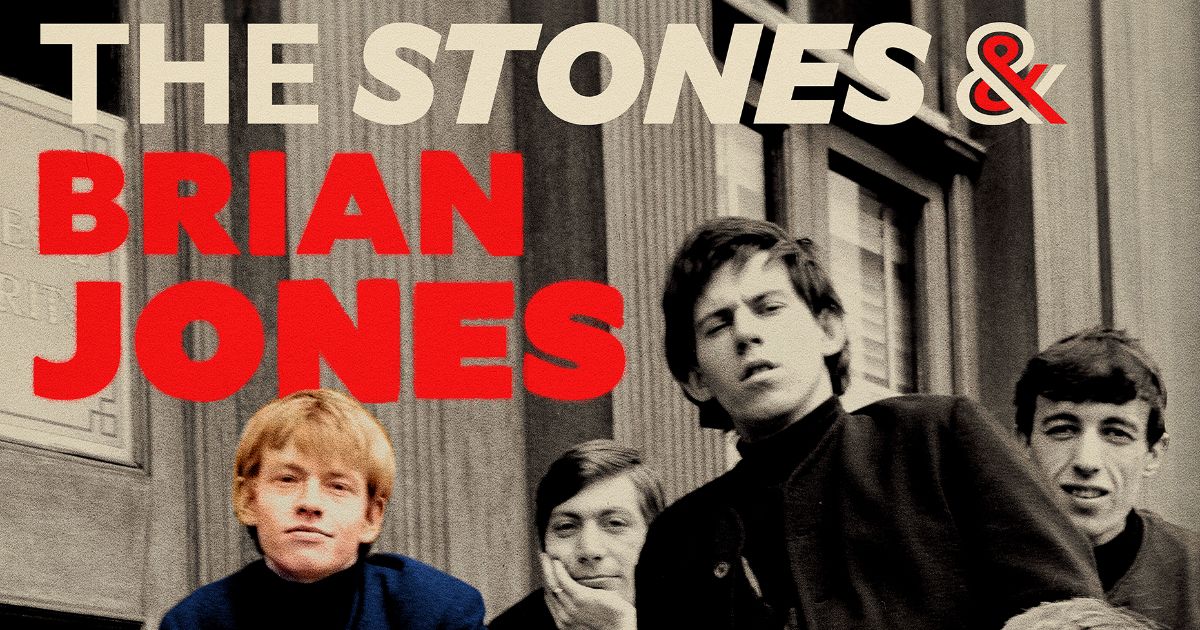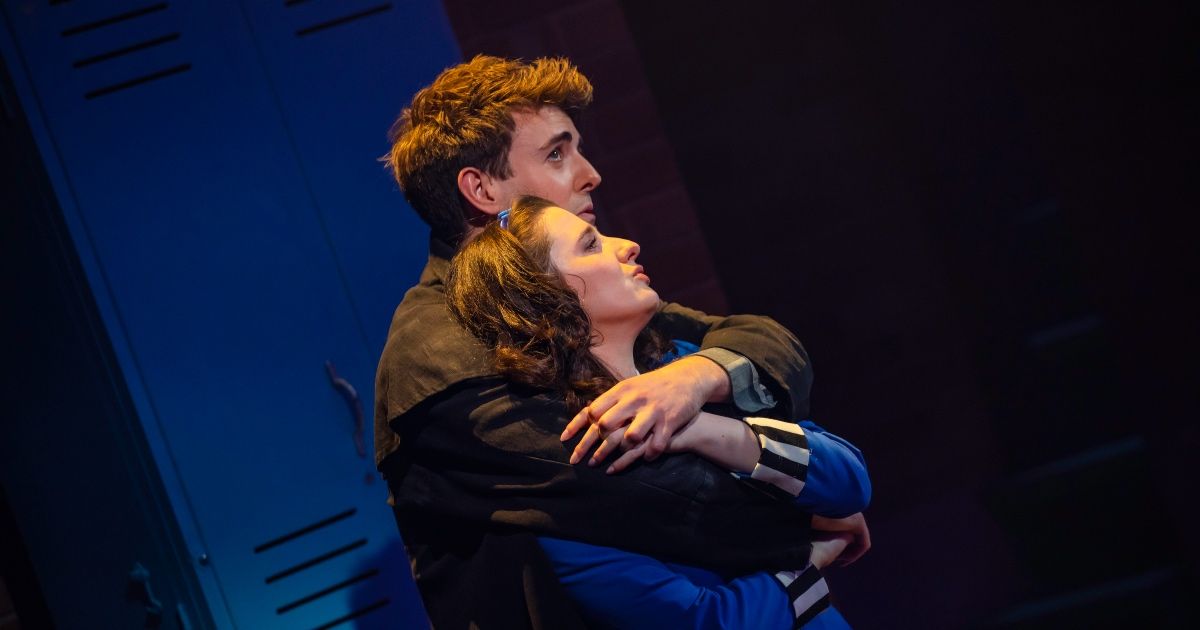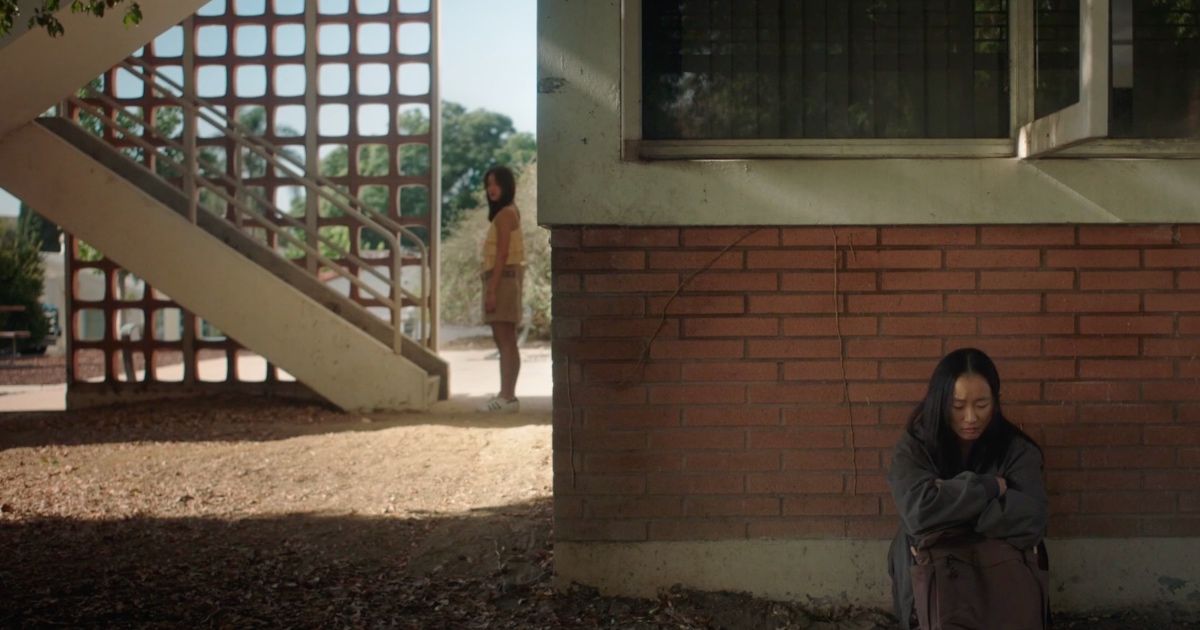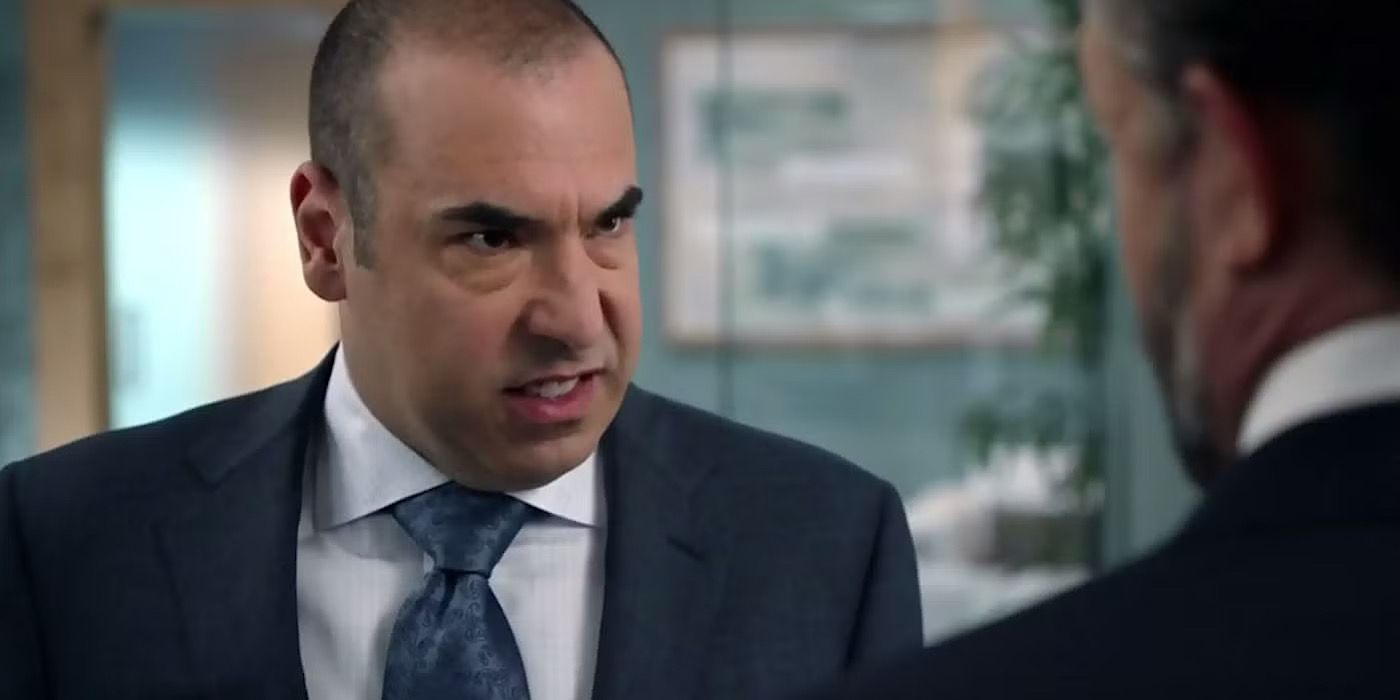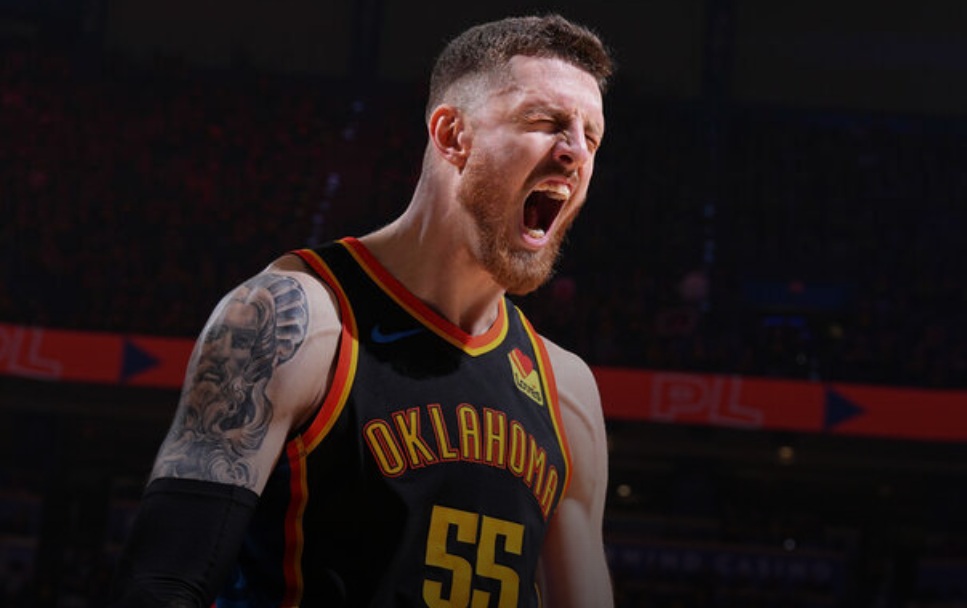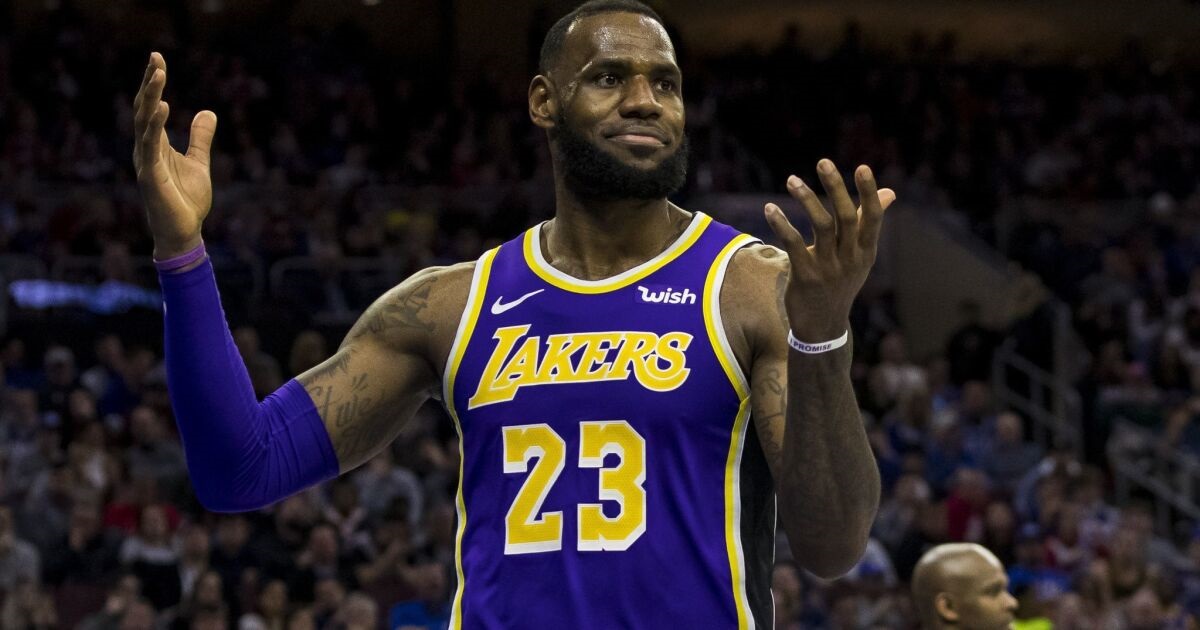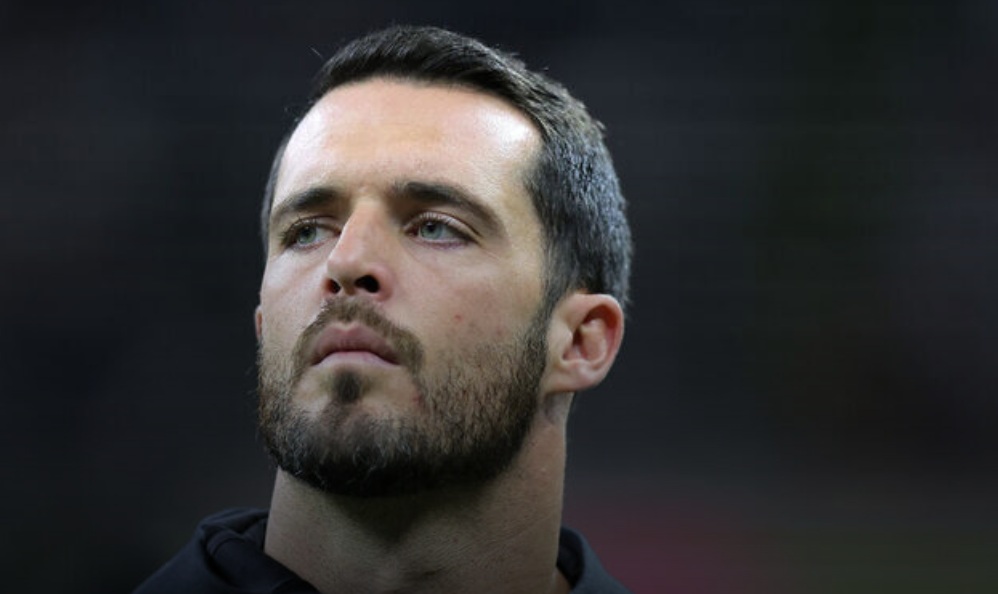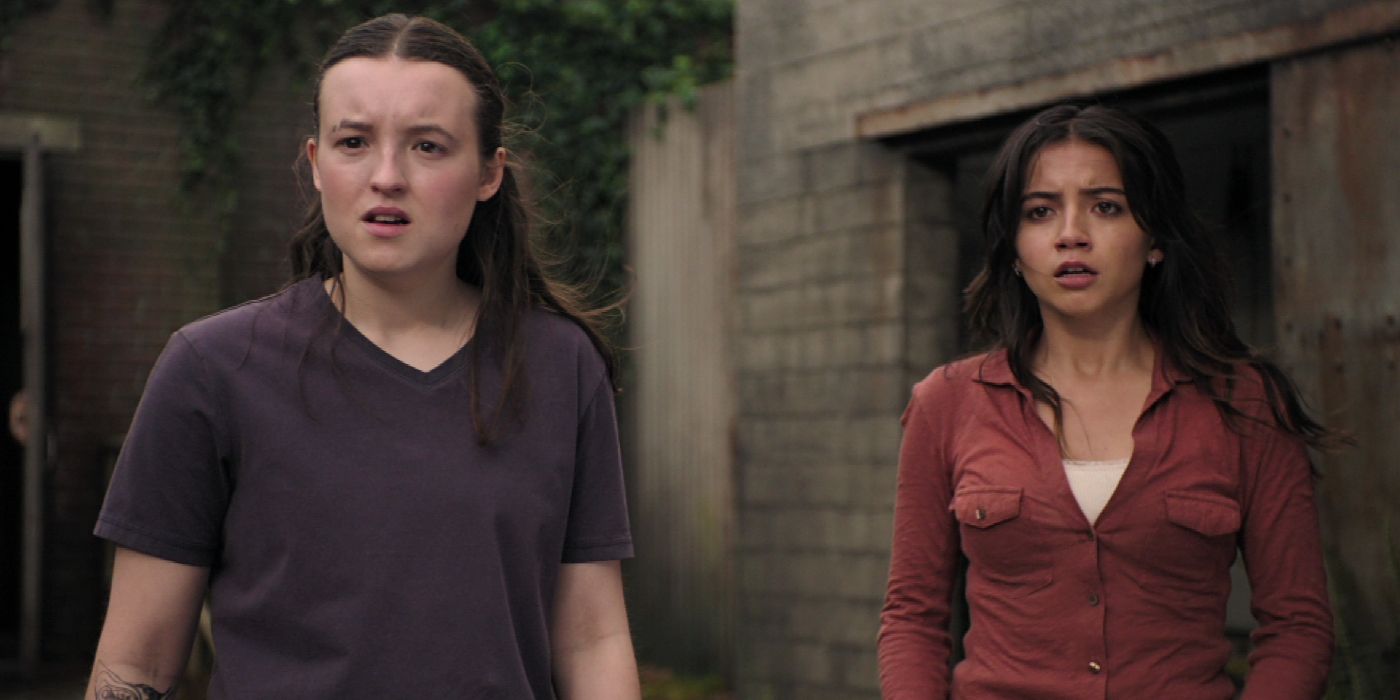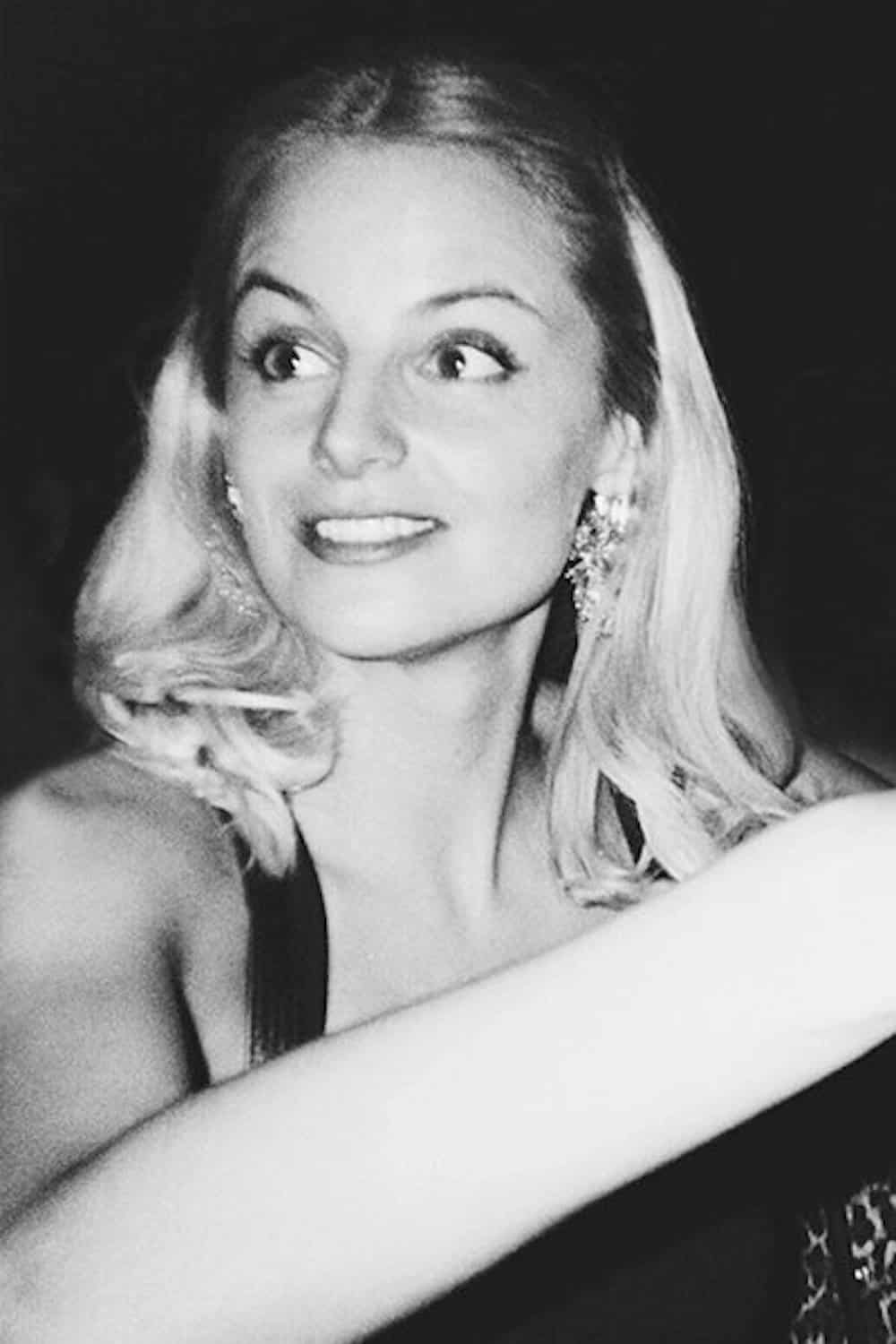“Flee”‘s setup is straightforward, with Rasmussen guiding Amin forward in conversation, but the approach is never simplistic. The men’s friendship and familiarity with each other allows for a level of intimate expression that gives the film its simultaneous specificity and approachability. Scraps of memories are sometimes all we have of the people we loved and lost, and Amin compiles them together to speak about his deep bond with his family, his struggle to reconcile his sexuality with his conservative cultural background, and the trauma of being stateless. Each of his accounts starts the same way, with an animated version of Amin—brown-skinned, close-shaved, with a beard, a gold chain, and a world-weary look—laying down on a couch, staring ahead, and gazing directly toward us. That perspective of Amin looking up and us looking down creates a balance in which we’re an active participant, and as Amin slides into memory and transforms into a younger version of himself, we go too. (There are many reasons to pair “Flee” with this year’s other refugee-focused film “Limbo,” and their shared experimentation with the liminal quality of time is a primary one.)
Back to Afghanistan, where Amin’s happy childhood (flying kites with one of his brothers, spending time in the kitchen with his mother) is upended by civil war and by his father’s disappearance after being taken by the Mujahideen. The outlines of grey collapsing buildings and beige running civilians shift and melt while resistance fighters appear as solidly black, scratchily-shaded-in forms, both in contrast to Amin’s brightly dressed relatives and cozily decorated family home. To Russia, where Amin spent dreary, tedious years as a teenager: The color palette desaturated, the movement in these characters diminished, their facial expressions dampened. Back to present-day Copenhagen, where Amin’s boyfriend Kasper hits the walls and boundaries Amin has built around himself. And, slowly, to another version of Amin’s past that Rasmussen, through gently guiding questions, steadily unravels. “I just need to get one thing straight,” Rasmussen asks, and the pause he takes in between that statement and his following query is a whole world of poised possibility.
Where “Flee” then goes reveals a number of bleak truths about the gap between the “first” and “third” worlds and about the desperate measures people will risk for the chance at a “better” life. Refreshingly, “Flee” also makes space to consider what “better” means and by whose standards we assign that designation. What does living one’s truth matter if we’re all alone in the process? What vulnerability can we choose to allow ourselves, and what grace? A number of animated standout scenes drive these ideas home: a harried walk through a forest, its trees so tall they infringe upon the night sky; a claustrophobic, vertigo-inducing scene in a container truck, our perspective spinning around to survey the tight quarters; a meeting between a boat of refugees and a boat of tourists that is harrowing and heartbreaking in the contrasting expressions on these people’s faces. When “Flee” slips from animation to live action, it’s Rasmussen’s reminder of the reality of this story, and when he includes the arguments between himself and Amin about the direction of the documentary, that’s reality, too.
You can view the original article HERE.
